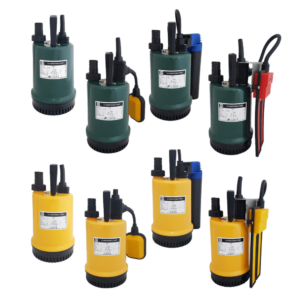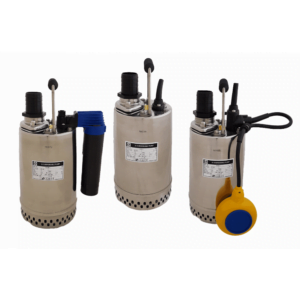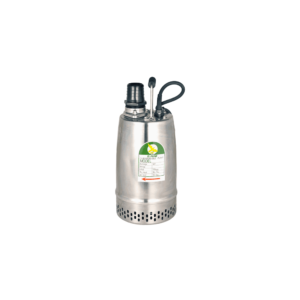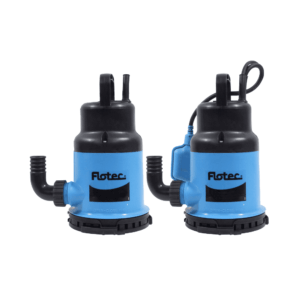Whether it’s a rain-soaked basement or a waterlogged construction site, standing water can quickly become a serious (and costly) problem. A drainage pump is designed to move water away from these vulnerable areas — but choosing the right type and understanding how it works can save you from significant damage.
In this guide, we’ll explain what drainage pumps are, the different types available, where they’re best used, and how to select the right one for your needs.
What Is a Drainage Pump?
A drainage pump is a self-contained unit that uses an electric motor and impeller to move clean or lightly contaminated water away from low-lying or flood-prone areas. It’s ideal for UK properties where gravity drainage isn’t enough.
Drainage pumps are commonly used in:
- Basements and cellars
- Construction sites
- Underpasses and car parks
- Gardens and landscaping
- Industrial and agricultural sites
They differ from sewage pumps, which handle solids and waste, and from sump pumps, which are more specifically for basement water removal.
See our range of drainage pumps
How Do Drainage Pumps Work?
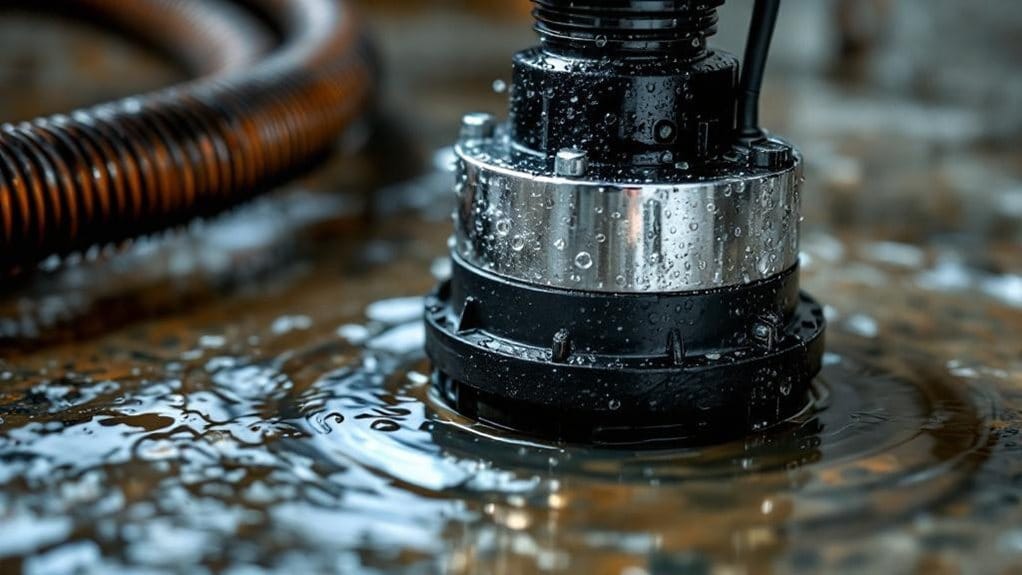
Drainage pumps rely on centrifugal force or submersible mechanisms. Water is drawn into the pump via an intake valve, then pushed through an outlet pipe to a designated discharge point.
Modern pumps often include self-priming capabilities or automatic float switches, making them ideal for hands-free operation.
Types of Drainage Pumps
Submersible Pumps
These operate while fully submerged in water, making them quiet and space-saving. Perfect for basement use or flooded sumps.
See submersible pump options
Surface-Mounted Pumps
Located above the water line, these pumps are easy to maintain and ideal for outdoor setups.
Portable Pumps
Useful in emergencies or for moving between locations. They’re compact but require more manual control.
Explore puddle pumps for shallow water applications
Where Do Drainage Pumps Work Best?
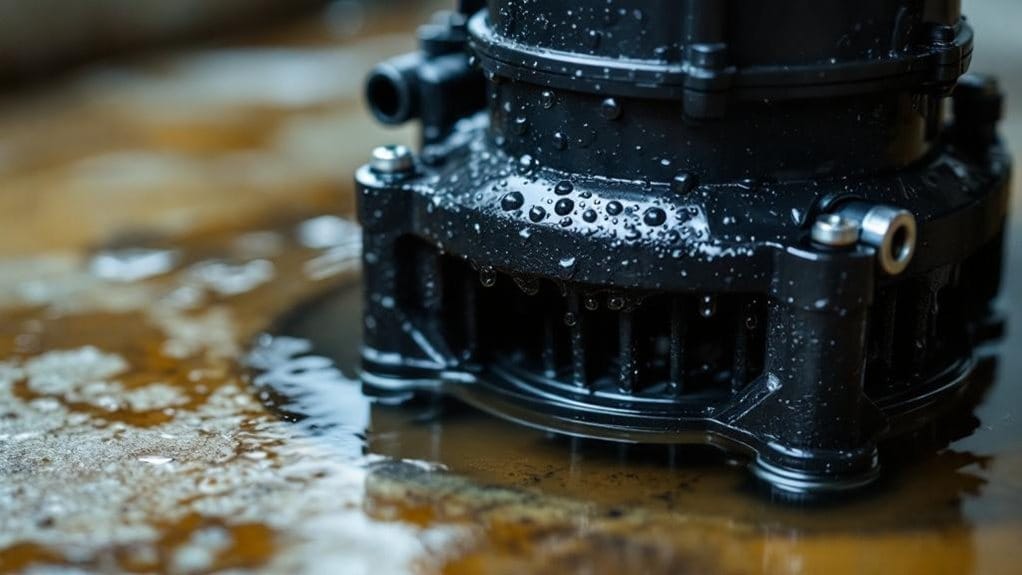
Flooded Basements & Cellars
These sit below ground level and are highly vulnerable to rising groundwater. Sump pumps are particularly useful here.
Construction Site Dewatering
Temporary pumps help keep excavations dry and safe for work.
Car Parks & Underpasses
Prevent surface water build-up and infrastructure damage in low-lying zones.
Lift Shafts & Plant Rooms
Ensure equipment stays dry in mechanical and service areas.
Rainwater Harvesting & Stormwater Control
Help redirect water from roofs or collection tanks for reuse or safe discharge.
Agricultural Drainage
Move water from irrigation pits or flooded fields using high-capacity pumps.
What to Look for in a Drainage Pump
Flow Rate (L/min or L/hour)
Determine how quickly water needs to be removed during peak flow. Larger sites need faster drainage rates.
Head Height
The vertical lift a pump can manage. Essential for deeper basements or uphill discharge routes.
Solids Handling
If your water contains debris or silt, choose a model that can handle solids without clogging.
Power Supply (UK-compliant)
110V for construction sites (site-safe), 230V for homes. Always check compatibility.
Auto Shut-off & Dry Run Protection
Prevents the pump from burning out when water runs dry.
How to Choose the Right Pump for Your Needs
Consider:
- Water depth and volume
- Water cleanliness (clean vs dirty)
- Power availability
- Whether the setup is temporary or permanent
If in doubt, get in touch with our expert team for tailored recommendations.
Recommended products
JS RS 100 1″ Light Duty Drainage Pumps
From £115.24JS RS Top outlet drainage pumps
From £218.05JS RST Top Outlet Drainage Submersible Pumps 400v
From £358.81Pentair Flotec VIP & VIPVORT Submersible Drainage Pumps
From £151.81
Installation and Maintenance Tips
- Positioning: Ensure the pump sits on a flat, stable surface.
- Electrical Safety: Use waterproof connections and RCD protection.
- Maintenance: Regularly inspect the float switch, impeller, and intake screens.
- Storage: Drain, clean, and store portable pumps in a dry location when not in use.
See how to prime a submersible pump
FAQs
Can drainage pumps run dry?
No – dry running can damage the motor. Always use a float switch for auto shut-off.
How deep can they operate?
Most domestic units work at 10–15 feet. Check the head height of your model.
What size do I need for a basement?
A pump rated for 2,000–4,000 GPH (gallons per hour) is typically sufficient.
Can they handle dirty water?
Some can. Choose a model with a suitable solids-handling capacity and impeller type.
Learn more about head pressure and sump pump capacity
Conclusion
A reliable drainage pump is one of the best defences against flooding in your home, business, or construction project. By selecting the right type — whether submersible, surface-mounted or portable — and installing it correctly, you’ll protect your property from avoidable water damage.
Still unsure what you need?
Contact our team today — we’re happy to help you choose the best drainage pump for your site.

